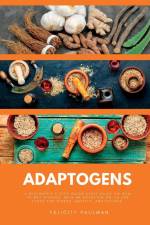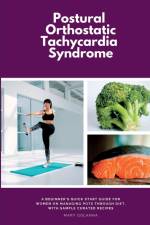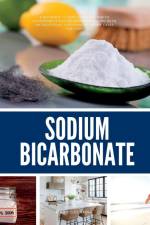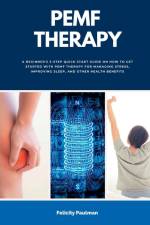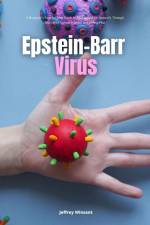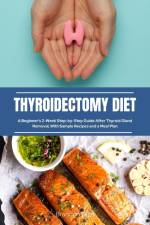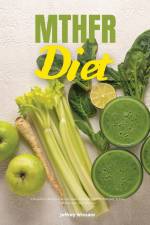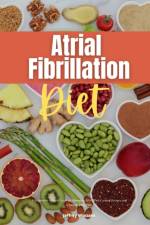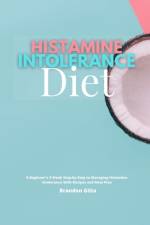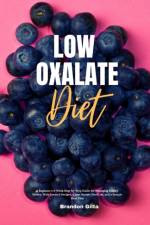- A Beginner's 3-Week Step-by-Step Guide to Managing Anxiety, Inflammation, and Depression Through Diet, With Sample Recipes and a Meal Plan
av Larry Jamesonn
171
According to the Anxiety & Depression Association of America (ADAA), one of the most common mental disorders in the United States are anxiety disorders. This illness affects over 40 million American adults (18 years and older) each year, which is a big 18.1% of the US population.Although anxiety disorders can be treated, over a third, or 36.9%, of the population only gets the allotted treatment, while the remaining 63.1% remain suffering. Anxiety disorders are very common and have become associated with depression. These two illnesses may occur together, or one disorder leads to the other one and vice versa. Statistics say that almost half of the patients diagnosed with depression were also diagnosed with anxiety disorder.Are you one of these people suffering from anxiety? What if we tell you that your anxiety may be caused by a nerve that is related to your stomach and your brain? Have you heard of the vagus nerve?The vagus nerve is the "hunger nerve" that links your brain and gut. This nerve is responsible for sending signals from the gut to the brain back and forth. Studies have revealed that if this nerve is not functioning well by being less sensitive or "asleep," it may lead to other health problems such as obesity, gastrointestinal diseases, seizures, fainting, bradycardia, chronic inflammation, mood disorders, and anxiety.How the vagus nerve becomes dysfunctional and what causes it to be not working as it should, will be explained in the succeeding parts of the guide. Since the vagus nerve is a nerve that does it work in the gut, we have thought that to bring it back to its former glory, then a healthy diet may be one of the ways to stimulate it (hint: obesity-inducing food items weaken the nerve).In this guide, you will discover...What the vagus nerve isWhat its function in the body isVagus nerve and your healthHow it becomes weakHow to stimulate itWhat exercises can stimulate the nerveWhat food items can activate it back

